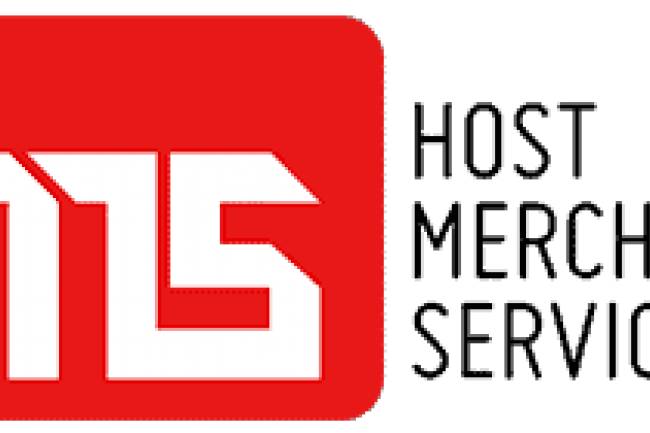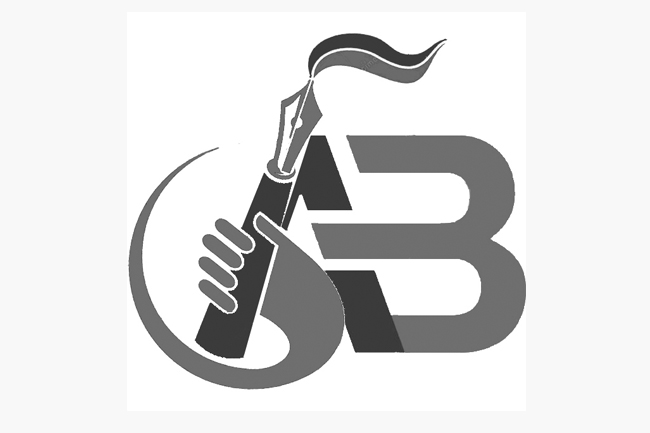
Predictions for Future PCI Compliance Trends
The global pandemic may have halted most of the population around the world, but unfortunately, the same cannot be said about the hackers or cybercriminals. With predictions of a global recession on the horizon, these malicious criminals are eager to capitalize on this chaotic situation.
There is only one way to fight them - a cybersecurity program. However, establishing a cybersecurity program requires the adoption of regulatory frameworks. The guidelines and frameworks for payment data security are set by Payment Card Industry Data Security Standard (PCI DSS).
But this time things have changed. In the wake of the global pandemic, these frameworks also need to evolve. For the past 20 years, the standards and framework have significantly changed. Based on the past analysis, here are some key PCI Compliance trends that are expected in the future:
Increase in Outsourcing Compliance
For the last 11 years, the bull market has been uninterrupted in the U.S. and the western world, along with security and peace. However, amidst the current economic turmoil and a potential downturn, organizations are forced to make tough choices. As companies look forward to becoming more cost-efficient, cybersecurity and PCI DSS will be put under the microscope.
In the future, predictions ate that companies will show an increased interest in outsourcing compliance services. Businesses will look forward to work with third-party partners and vendors regularly. With version 4.0 on the horizon, big technology companies like Fintech might outsource their PCI DSS. Also, this can be a more flexible and cost-effective approach towards efficient cybersecurity frameworks.
Keeping Pace with Emerging Technologies
The global pandemic has affected almost every aspect of the world economy. That’s why imaginations are running wild to make the post-pandemic world truly faster than ever. New technologies will emerge that will lay the foundation for a better future. And, due to these emerging technologies, regulatory frameworks must keep pace with them to adapt.
For instance, take PCI DSS 4.0, which is just around the corner. Its revised frameworks include new assessment model provisions for a large-scale cloud environment. Greater flexibility and a broad range of controls are required when risk mitigation techniques meet the threat landscape.
The revised frameworks will introduce separate tracks of authentication, controls, encryption, and monitoring. It will help in protecting the data of the cardholder. Currently, regulatory frameworks like PCI DSS are slightly behind in technology.
Regulatory bodies are already relying on compliance assessors to find new ways to address current regulations in today’s advanced technology environment. Regardless of the frameworks, businesses and organizations are required to work with the right compliance assessors.
Pursuing International Compliance Collaboration
Due to the COVID-19 crisis, global cooperation has been stretched to its limits. The same is likely to happen with the future cyber threat landscape. The hackers and cybercriminals may go borderless. That’s why cybersecurity and governance need more international attention.
People across the world need globally recognized cybersecurity frameworks. These frameworks must be standardized across the board. Strict international enforcement is required while catching and prosecuting cyber criminals through the borders.
Another major thing that international regulatory frameworks need to consider is cybercrime incentives. If the world economy does enter a recession, then cybercrime incentives may bend towards hackers. Also, the existing hackers are more aggressive than ever to take advantage of the COVID-19 situation.
PCI DSS V4.0
Version 4.0 of Payments Card Industry Data Security Standards will be released this year. The tentative timeline for its release is late 2021. Here are the following things that are expected:
- Authentication Management: Version 4.0 of PCI DSS can have changes related to authentication requirements. It may also feature the latest practices for multi-factor password and authentication.
- Risk Management: It may be revised to make sure that it is not treated like an exercise. It can be updated for greater clarity on the process of risk management, which can help the organization.
- Evolving Technology: The V4.0 is expected to come with a customized approach. This approach will allow businesses to implement and design their controls. This will also allow them to adopt emerging technologies and security solutions with a more flexible approach. Also, the new version will address the security threats that come up in the payment environment.
- Testing: PCI DSS V4.0 testing documents are able to provide better guidance on scoping and sampling. Assessors will have access to additional guidance to verify the controls.
- Scoping: PCI DSS scope’s accuracy level is confirmed after a gap of 12 months. It becomes necessary when significant changes are done to the payment ecosystem. When it comes to service providers, the scope is reviewed after a gap of 3 months.
- Encryption: The requirements of card encryption may be extended with V4.0. It may include every transmission of the data of the cardholder. Also, a discovery method of data can be implemented in order to trace the sources or locations of PAN.
Wrapping it Up
PCI Compliance has been moving in the wrong direction for the past few years. And, last year, COVID-19 made things even more difficult. However, new security strategies of PCI DSS can help in providing security in these unprecedented times. When big companies let cybersecurity breaches happen, their customers end up paying for that.
According to recent data, around 271,000 US consumers became the victim of credit card frauds in 2019. With the increasing trend of digital presence, customers are driven towards using contactless methods of transactions. That’s why PCI DSS is essential today. Various policies, organizational strategies, and processes need to be implemented carefully for the right technological outcomes.
Read Also: What Is Merchant Services – What Does it Include?













